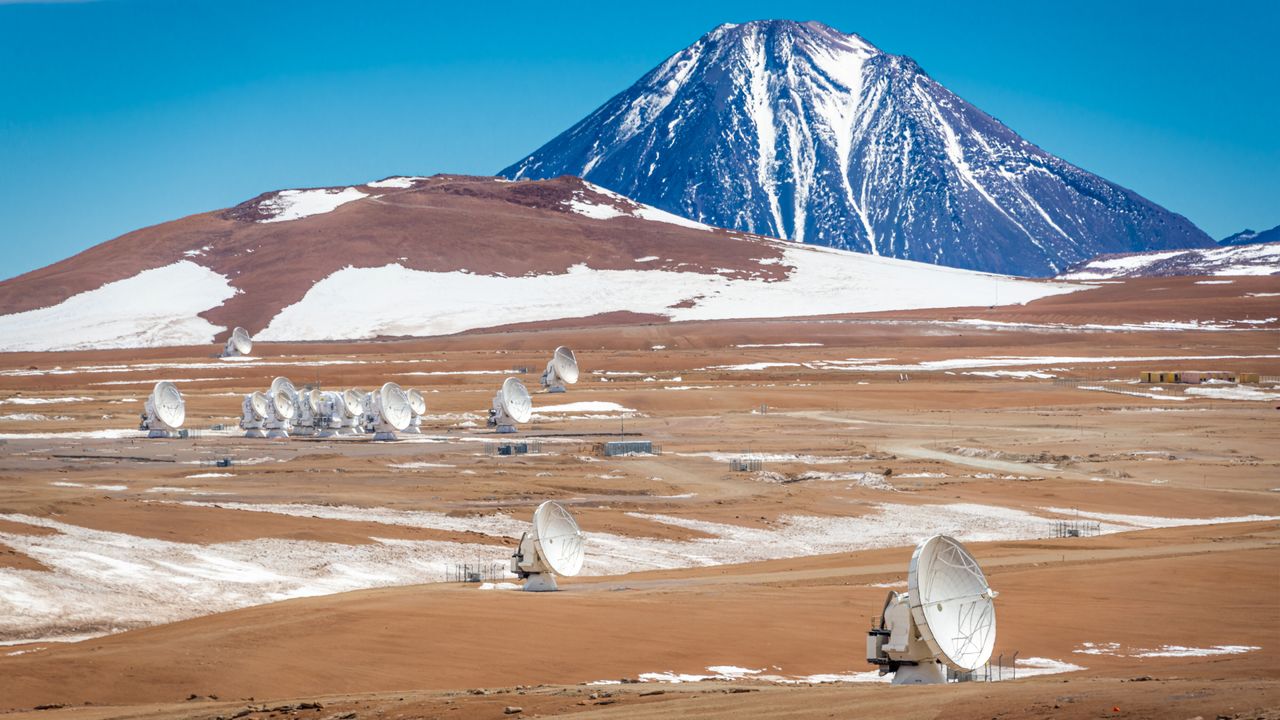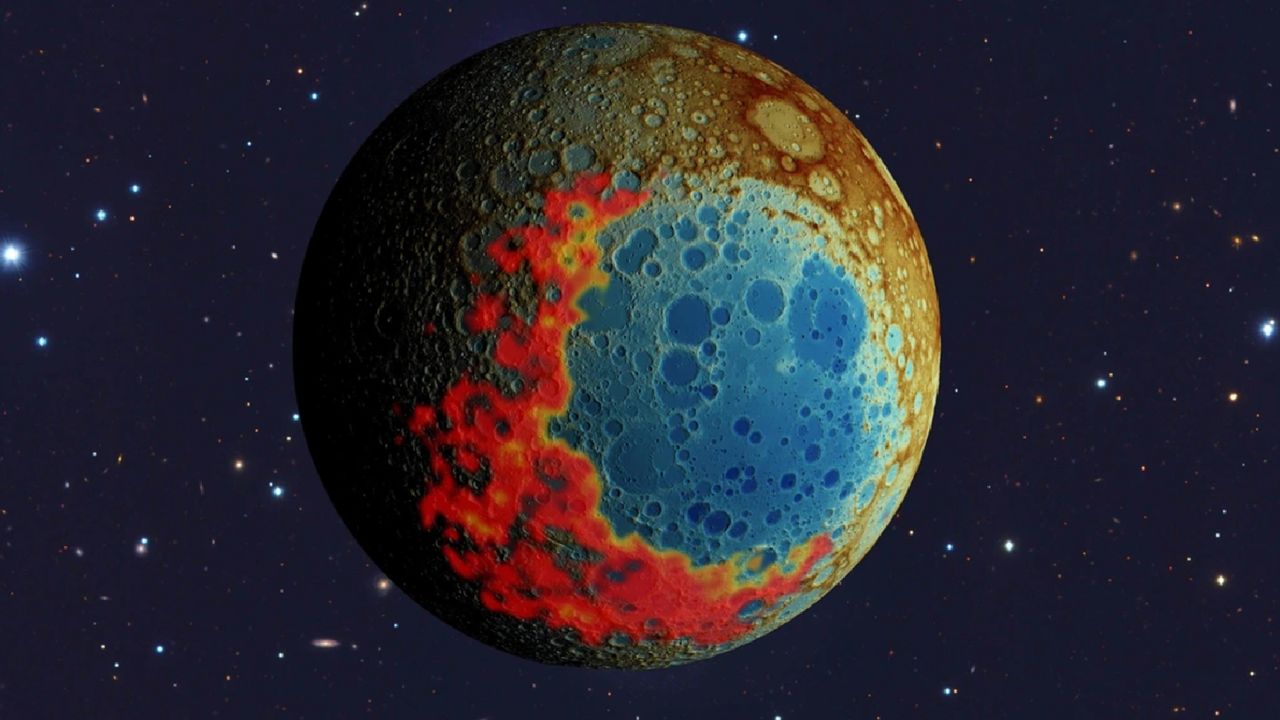Saving the Vision of People with Diabetic Retinopathy
PositiveScience
Diabetic retinopathy is a serious condition that affects millions, leading to vision loss. However, advancements in treatment and awareness are providing hope for those at risk. By understanding the disease and seeking timely intervention, many can preserve their sight and improve their quality of life. This is crucial not just for individuals but for public health, as maintaining vision can significantly impact daily living and independence.
— Curated by the World Pulse Now AI Editorial System







